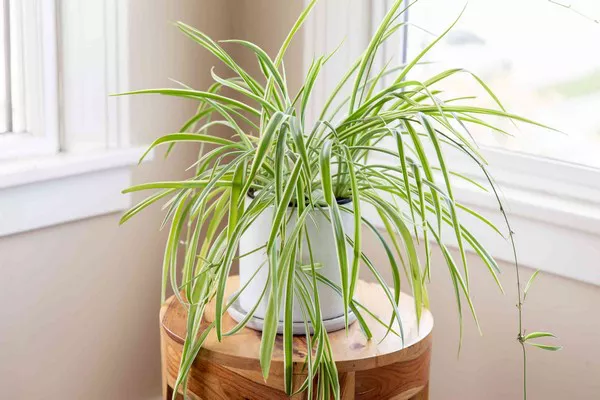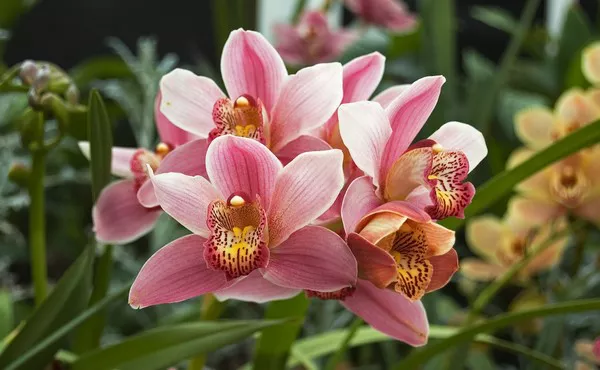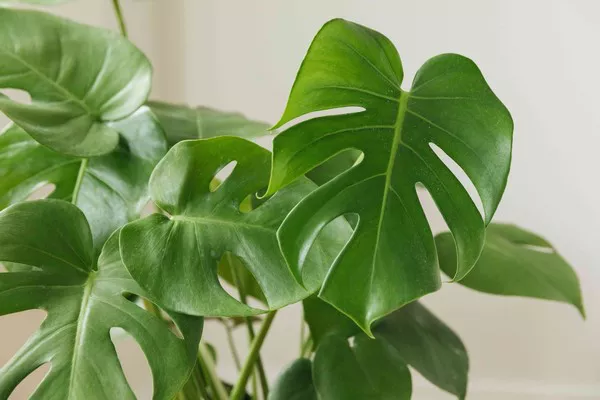Edible flowers are a delightful addition to culinary creations, offering unique flavors, vibrant colors, and a touch of elegance. These flowers are not only beautiful but also bring various textures and tastes to dishes, ranging from sweet and spicy to floral and herbaceous. In this article, we explore the top 10 most common edible flowers, delving into their culinary uses, health benefits, and tips for safe consumption.
Top 10 Most Common Edible Flowers
1. Nasturtium (Tropaeolum majus)
Nasturtiums are vibrant, trumpet-shaped flowers that come in a range of colors, including red, orange, yellow, and cream. Their round, green leaves are also edible and have a peppery flavor.
Culinary Uses
Nasturtium flowers and leaves are often used in salads, adding a peppery, slightly sweet flavor and a splash of color. The flowers can also be stuffed with soft cheeses or used as garnishes for soups, appetizers, and main courses.
Health Benefits
Nasturtiums are rich in vitamin C, iron, and antioxidants. They have been used traditionally to boost the immune system and improve skin health.
Tips for Safe Consumption
Ensure that nasturtiums are grown without pesticides or chemicals. Wash the flowers and leaves thoroughly before consumption.
2. Pansy (Viola tricolor var. hortensis)
Pansies are small, delicate flowers with a variety of colors, including purple, yellow, blue, and white. They are known for their distinctive “face-like” markings.
Culinary Uses
Pansies have a mild, slightly sweet flavor and are often used as edible garnishes for cakes, pastries, and salads. They can also be crystallized for a decorative touch.
Health Benefits
Pansies contain vitamin C and antioxidants. They have been used in traditional medicine for their anti-inflammatory and diuretic properties.
Tips for Safe Consumption
Only consume pansies that have been grown organically. Avoid eating flowers from florists or garden centers, as they may have been treated with chemicals.
3. Calendula (Calendula officinalis)
Calendula, also known as pot marigold, has bright yellow or orange petals that are slightly spicy and peppery in flavor.
Culinary Uses
Calendula petals can be used fresh in salads, soups, stews, and stir-fries. Dried petals are often used as a saffron substitute to add color and mild flavor to dishes.
Health Benefits
Calendula is known for its anti-inflammatory, antimicrobial, and healing properties. It is commonly used in herbal teas and topical preparations to promote skin health.
Tips for Safe Consumption
Use only the petals of calendula flowers, as the green parts can be bitter. Ensure they are pesticide-free and wash thoroughly before use.
See Also: Top 10 Most Interesting Flowers That Grow in the Shade
4. Chamomile (Matricaria chamomilla)
Chamomile flowers are small, daisy-like blossoms with white petals and yellow centers. They have a sweet, apple-like fragrance.
Culinary Uses
Chamomile is most commonly used to make soothing herbal teas. The flowers can also be added to salads, desserts, and infused into syrups or beverages.
Health Benefits
Chamomile is renowned for its calming and anti-inflammatory properties. It is often used to alleviate digestive issues, promote relaxation, and improve sleep quality.
Tips for Safe Consumption
Use only the flower heads of chamomile and avoid consuming large quantities, as it can cause allergic reactions in some individuals. Ensure the flowers are free from chemicals.
5. Hibiscus (Hibiscus rosa-sinensis)
Hibiscus flowers are large, vibrant, and trumpet-shaped, with colors ranging from red and pink to yellow and white. They have a tart, cranberry-like flavor.
Culinary Uses
Hibiscus petals are commonly used to make refreshing teas, jams, jellies, and sauces. They can also be added to salads, desserts, and cocktails for a splash of color and flavor.
Health Benefits
Hibiscus is rich in antioxidants and vitamin C. It has been used to lower blood pressure, improve liver health, and boost the immune system.
Tips for Safe Consumption
Use only hibiscus varieties known to be edible. Avoid consuming large amounts, as it can have a laxative effect. Wash the flowers thoroughly before use.
6. Borage (Borago officinalis)
Borage, also known as starflower, has bright blue, star-shaped flowers with a mild cucumber-like flavor.
Culinary Uses
Borage flowers are often used to garnish salads, soups, and beverages. The young leaves can be added to salads or cooked as greens.
Health Benefits
Borage is high in gamma-linolenic acid (GLA), an essential fatty acid with anti-inflammatory properties. It is also rich in vitamins and minerals, including vitamin C and potassium.
Tips for Safe Consumption
Use only the flowers and young leaves of borage. Older leaves can be rough and unpalatable. Ensure they are grown without pesticides and wash before use.
7. Lavender (Lavandula angustifolia)
Lavender flowers are small, purple, and highly fragrant, with a sweet, floral taste.
Culinary Uses
Lavender is used to flavor baked goods, desserts, and beverages. It is also a key ingredient in the French herb blend herbes de Provence and can be used to infuse syrups, vinegars, and oils.
Health Benefits
Lavender is known for its calming and relaxing effects. It has been used to alleviate anxiety, promote sleep, and reduce stress.
Tips for Safe Consumption
Use culinary-grade lavender and avoid consuming large quantities, as it can be overpowering. Wash the flowers thoroughly before use.
See Also: Top 10 Best Summer Flowers for Bees
8. Rose (Rosa spp.)
Rose petals are soft, fragrant, and come in a variety of colors, including red, pink, white, and yellow. Their flavor ranges from sweet to slightly spicy, depending on the variety.
Culinary Uses
Rose petals are used to make rose water, syrups, jams, and jellies. They can also be added to salads, desserts, and beverages for a floral touch.
Health Benefits
Roses are rich in antioxidants, vitamins, and minerals. They have been used in traditional medicine to promote skin health, improve digestion, and relieve stress.
Tips for Safe Consumption
Use only organic rose petals and avoid those treated with pesticides. Remove the white base of the petals, which can be bitter, and wash thoroughly before use.
9. Violet (Viola odorata)
Violets are small, delicate flowers with heart-shaped leaves and a sweet, floral fragrance. They come in shades of purple, blue, and white.
Culinary Uses
Violet flowers are used to decorate cakes, pastries, and salads. They can also be candied or used to make syrups and liqueurs.
Health Benefits
Violets contain vitamins A and C, and have been used in traditional medicine for their anti-inflammatory and expectorant properties.
Tips for Safe Consumption
Use only the flowers and avoid the roots, which can be toxic. Ensure they are grown without chemicals and wash thoroughly before use.
10. Dandelion (Taraxacum officinale)
Dandelions are recognizable by their bright yellow, fluffy flowers and jagged leaves. The entire plant is edible, with the flowers having a sweet, honey-like flavor.
Culinary Uses
Dandelion flowers can be used in salads, fritters, and to make dandelion wine or jelly. The leaves and roots are also edible and can be used in salads, teas, and coffee substitutes.
Health Benefits
Dandelions are rich in vitamins A, C, and K, as well as minerals like iron and calcium. They have been used to support liver health, improve digestion, and reduce inflammation.
Tips for Safe Consumption
Harvest dandelions from areas free of pesticides and pollutants. Wash the flowers, leaves, and roots thoroughly before use.
Conclusion
Edible flowers are a delightful and nutritious addition to various culinary creations. From the peppery nasturtium to the soothing chamomile, these flowers offer a range of flavors, colors, and health benefits. When using edible flowers, it is important to ensure they are sourced and prepared safely to enjoy their full potential. Whether you are an experienced chef or a home cook, incorporating edible flowers into your dishes can add a touch of elegance and creativity to your meals.
You Might Be Interested In:



![10 Most Richest Cities in the United States [Revealed!]](https://www.validdownloads.com/wp-content/uploads/2023/12/Manjula-Pothos.webp)





















